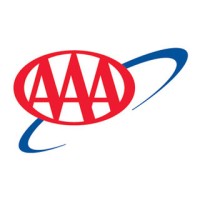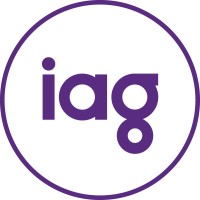
AAA-The Auto Club Group
AAA - The Auto Club Group (ACG) is the second largest AAA club in North America, serving more than 13+ million members across 14 U.S. states, the province of Quebec, Puerto Rico, and the U.S. Virgin Islands. For over 100 years, AAA has provided safety, security, and peace of mind. ACG advances AAA’s mission by providing a full suite of products and services to millions of AAA Members, from roadside assistance to insurance to travel support. We pride ourselves on always being there when you need us, delivering the highest level of customer service and value to each and every member. We seek to be a trusted ally—on the road and throughout life’s journey. AAA - The Auto Club Group belongs to the national AAA Federation, which is committed to improving the lives of our combined 60 million members across North America.






